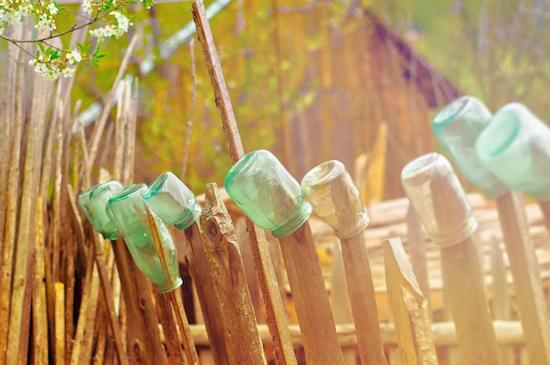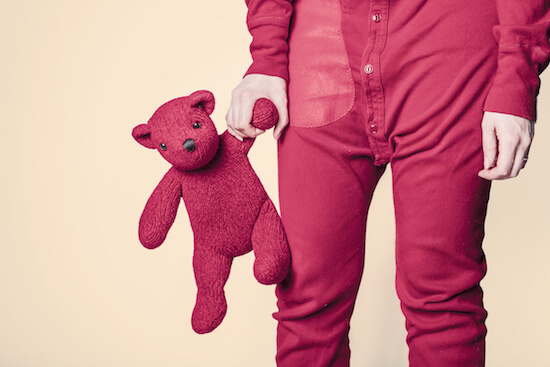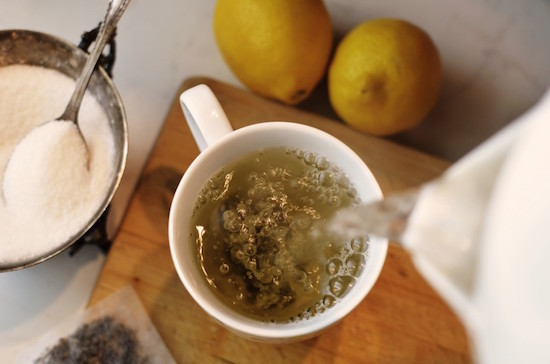
Depression is an epidemic sweeping the nation, and has been on the rise particularly among teens. According to multiple sources, the average age of onset of depression is constantly dropping, and someone who has a sibling or parent dealing with depression is up to three times as likely to develop it themselves. Keep reading to find out how depression affects teens’ learning, and how to help them deal with it.
Realize how depression affects teens’ learning
It is important not to overlook depression in teens, especially because it can really affect teens’ learning. Kidshealth.org has a great article that shows how learning can be affected by depression. Depression can make it hard to concentrate and focus. This means teens may have a hard time paying attention in a class, in a tutoring session or completing homework. Teens with depression may not even realize they are depressed. This can cause them to think that they are a failure, a bad student, or a slacker. It can also cause them to have low motivation, which can lead to them skipping class, especially if they start thinking, “what’s the point?” Finally, depression can even cause memory problems, which affects test performance.
How you can tell if depression is affecting your teen’s learning
There are many symptoms of depression, including emotional symptoms like feelings of worthlessness, physical symptoms like low energy, behavioural symptoms like change in appetite, and cognitive symptoms like difficulty focussing. However, it is best for your child to visit the doctor to properly diagnose what is going on. There is even a blood test that has recently been in the news that is able to detect depression. If your teen is diagnosed with depression, your healthcare professional should be able to recommend different resources for treatment. Your teen can also turn to online sources such as studentsagainstdepression.org or those listed at foundrybc.ca.
Depression is on the rise among teens, and it can definitely affect their learning. But luckily there are plenty of resources to help you and your teen deal with this issue. It is important to realize that it is not just something a teen will snap out of, but needs to be dealt with properly. If your teen is struggling with depression, consult your doctor so that they can get the help they need and can get the most out of their tutoring sessions.




